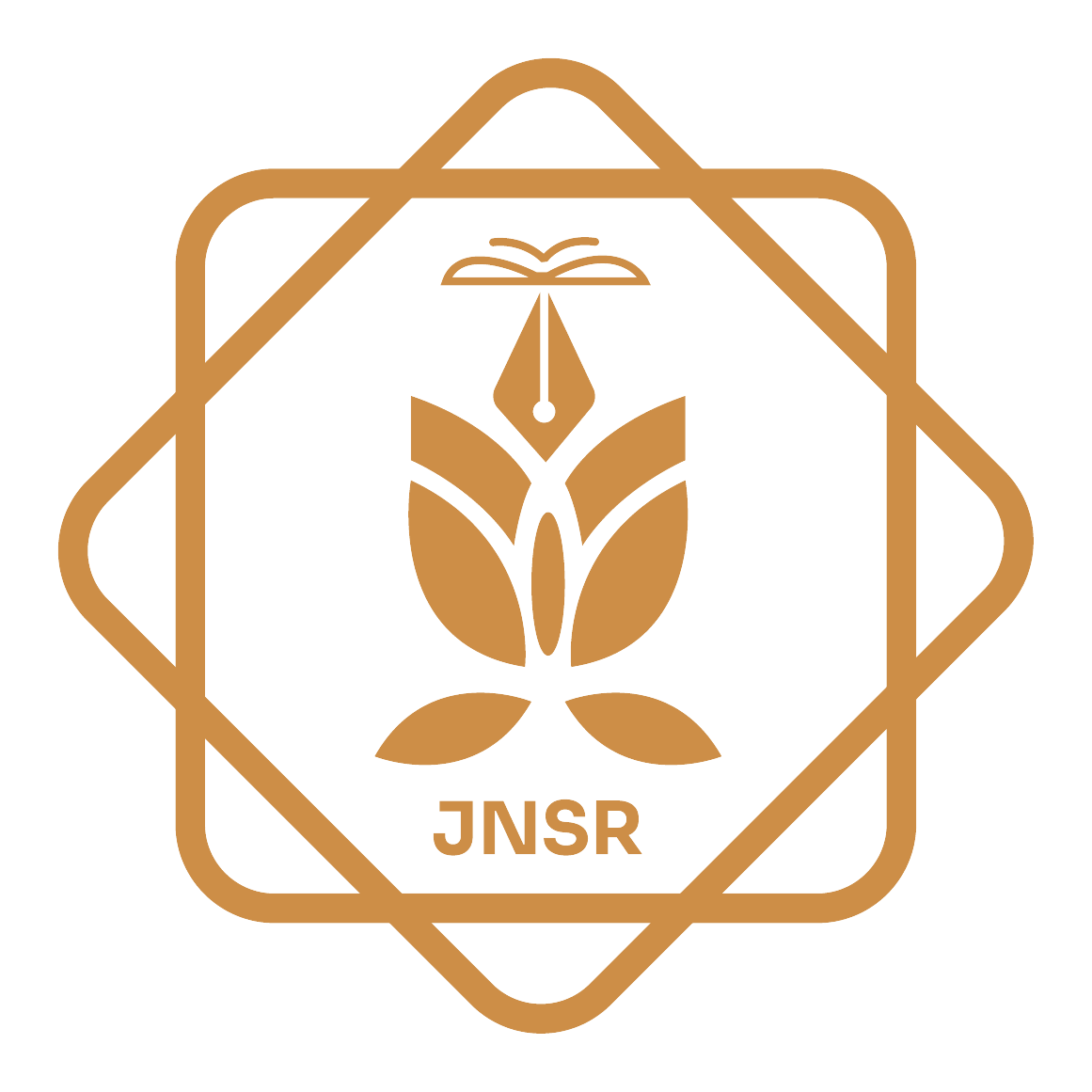Assessing Precipitation Impact on Vegetation Using Satellite Data and Remote Sensing Techniques: A Case Study of Yakawalang-Afghanistan
DOI:
https://doi.org/10.62810/jnsr.v2i3.76Keywords:
GPM, MODIS Terra, Precipitation, NDVI, YakawalangAbstract
Water is essential for all living creatures, including humans. Precipitation directly impacts plant growth; adequate water supply promotes sufficient growth, while drought conditions lead to inadequate growth and plant desiccation. This research investigates the effects of precipitation on vegetation in the Yakawalang District. The study utilizes NDVI vegetation data from the MODIS Terra satellite and precipitation data from the Global Precipitation Measurement (GPM) system. This study employed the non-parametric Mann-Kendall test to identify changes in the obtained data. The research covers the period from 2010 to 2020. Our findings indicate an increasing trend in precipitation and vegetation in the Yakawalang District during the study period. Interestingly, 2010 recorded the lowest precipitation (277 mm) but the highest vegetation index (0.100). Conversely, 2015 saw high precipitation (510 mm) but the lowest vegetation index (0.079). Further analysis of temperature data for 2015 suggests that low temperatures may have inhibited vegetation growth despite increased precipitation. This research concludes that precipitation alone does not guarantee increased vegetation. Other factors, such as appropriate temperature, are crucial in vegetation growth. These findings underscore the complex interplay of environmental factors in plant development and highlight the need for comprehensive approaches to understanding and managing vegetation dynamics.
Downloads
References
Asakere, H. (2004) Analysis of the annual Precipitation trend of Isfahan province. Naywar Journal. 30(56), 76-90. Available at: https://nivar.irimo.ir/article_39064.html.
Asakere, H, Razmi, R. (2017) Analysis of annual Precipitation in northwest Iran. Scientific-Research Journal of Geography and Urban Planning. 23(3), 147-162. Available at: https://civilica.com/doc/1199455/.
Azimi, M.A. (2012) Introduction to the natural geography of Afghanistan First Edition. Khorasan Science Publishing House.
Hajam, S. Khoshkho, Y. Shamsaldinvandi, R. (2007). Analysis of changes in seasonal and annual Precipitation of several selected stations in the central basin of Iran using non-parametric methods. Natural Geography Research. 40(64), 157-168. Available at: https://journals.ut.ac.ir/article_26912.html?lang=en.
Karl, T. R., & Knight, R. W. (1998). Secular Trends of Precipitation Amount, Frequency, and Intensity in the United States. BAMS, 79(2), 231–241. https://doi.org/10.1175/1520-0477(1998)079 DOI: https://doi.org/10.1175/1520-0477(1998)079<0231:STOPAF>2.0.CO;2
Khalili, A. Bazarafshan, J. (2012). Analysis of the trends of annual, seasonal, and monthly Precipitation changes in Iran in the last one hundred and sixteen years (1887-2001). The Third Regional Conference and the First National Climate Change Conference.9(1),25-34. Available at: https://www.noormags.ir/view/fa/articlepage/444103/.
Mohammadi, B. (2018) Analysis of Iran's Annual Precipitation Trend. Scientific-Research Journal of Geography and Environmental Planning. 22(3), 95-106. Available at: https://gep.ui.ac.ir/article_18508.html.
Rezaei, P. Gurbanpour, A. (2017) Analysis of Precipitation changes in eastern Guilan. Natural Geography Quarterly. 11(40),104-129. Available at: https://journals.iau.ir/article_543954.html.
Safi, S. A. J., ÇAM, M. A., Habibi, E., & YILMAZ, Ö. F. (2024). Effects of Climate Change on Animal Production. Journal of Natural Science Review, 2(2), 1–14. https://doi.org/10.62810/JNSR.V2I2.30 DOI: https://doi.org/10.62810/jnsr.v2i2.30
Salmi, T., Maatta, A., Anttila, P., Ruoho-Airola, T., & Amnell, T. (2002). Detecting Trends of Annual Values of Atmospheric Pollutants by the Mann-Kendall Test and Sen’s Solpe Estimates the Excel Template Application MAKESENS. Finnish Meteorological Institute, Air Quality Research, 35. https://www.researchgate.net/publication/259356944_Detecting_Trends_of_Annual_Values_of_Atmospheric_Pollutants_by_the_Mann-Kendall_Test_and_Sen’s_Solpe_Estimates_the_Excel_Template_Application_MAKESENS
Tarabipodeh, H. Izadjo, F. Hammezadeh, P. (2017) ‘Analysis of total Precipitation and effective Precipitation in Iran’. Iran Water Research Journal. 12(4),1-10. Available at: https://iwrj.sku.ac.ir/article_10607.html.
Downloads
Published
How to Cite
Issue
Section
License
Copyright (c) 2024 Sayed Jawad Hedayat, Mohammad Kazem Yosufi

This work is licensed under a Creative Commons Attribution-NonCommercial 4.0 International License.




























